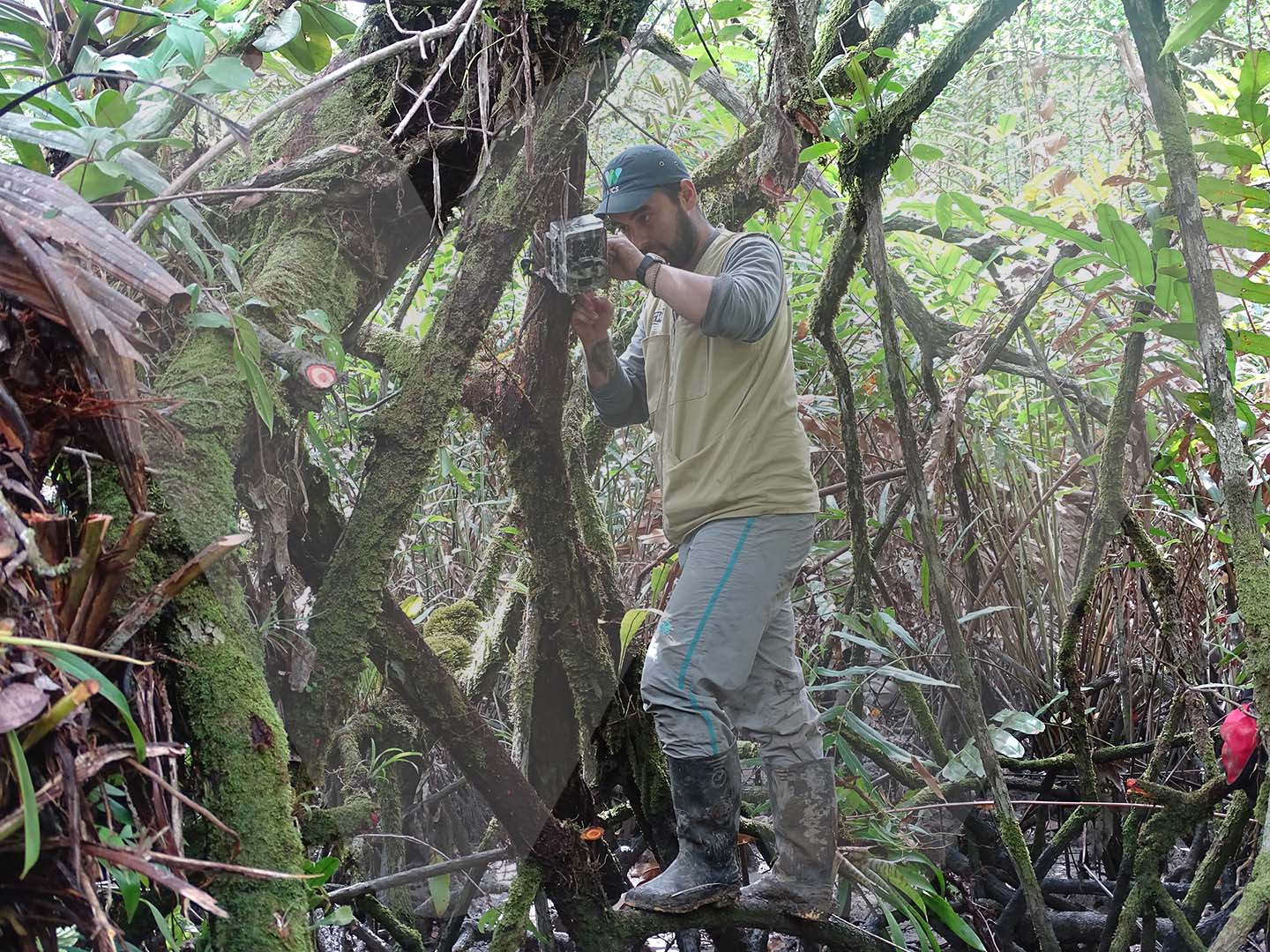
The monitoring efforts of the Proyecto Vida Silvestre include the installation of camera traps to study the species targeted by this initiative in Magdalena Medio, Putumayo, and the Orinoco Region. This photo gallery reveals the intimate moments of birds and mammals.
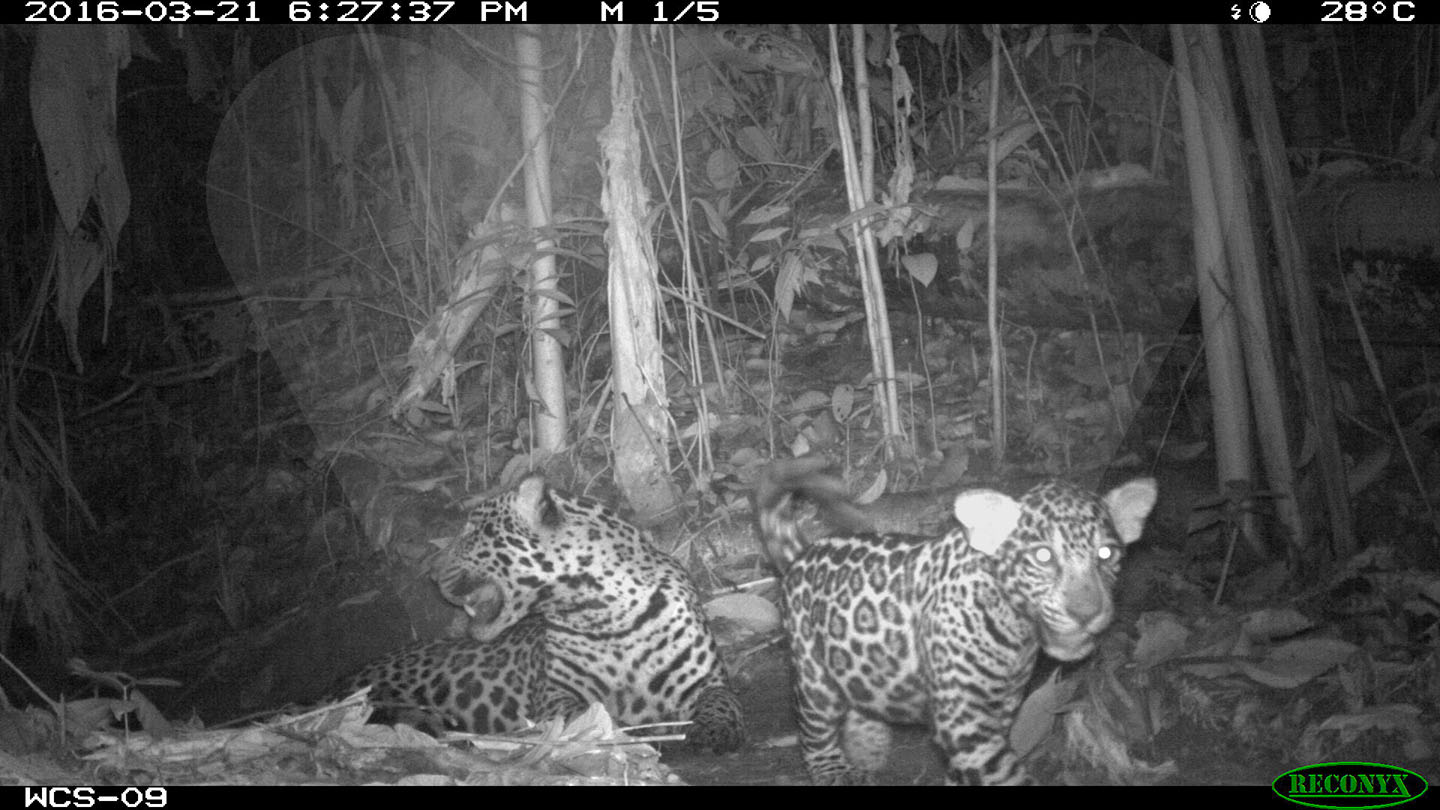
Before the existence of camera traps, wildlife monitoring relied on indirect detection methods. It was known that a certain species lived or moved through an ecosystem by its droppings, tracks, or hair caught on a tree. Although there were farmers, indigenous people, or biologists who could witness wildlife such as bears, pumas, or jaguars up close and provide valuable scientific testimony, such encounters have always been (and continue to be) exceptional and extraordinary.
But things have changed. In recent years, the use of camera traps has increased as technology has improved and costs have decreased. Animals with low densities, elusive towards humans, stealthy, or nocturnal have been detected, allowing the collection of data about their ecology.
In the Proyecto Vida Silvestre (PVS), camera traps are used to conduct wildlife monitoring that helps verify changes in species populations and certify the effectiveness of ongoing conservation actions within the project. This is done through occupancy analysis. Monitoring has been conducted annually during dry seasons, which has allowed gathering information on species abundance, activity patterns, and habitat use. Additionally, this monitoring has incorporated variables related to pressures affecting target species, as well as habitat variables, identifying thresholds that guide conservation and management strategies.
Below, we share some photographic records obtained through these cameras installed in recent years on various properties in the Orinoco Region, Putumayo, and Magdalena Medio—regions where the PVS operates. This initiative is funded by Ecopetrol and involves Fondo Acción and Fundación Santo Domingo, with technical leadership from WCS Colombia.
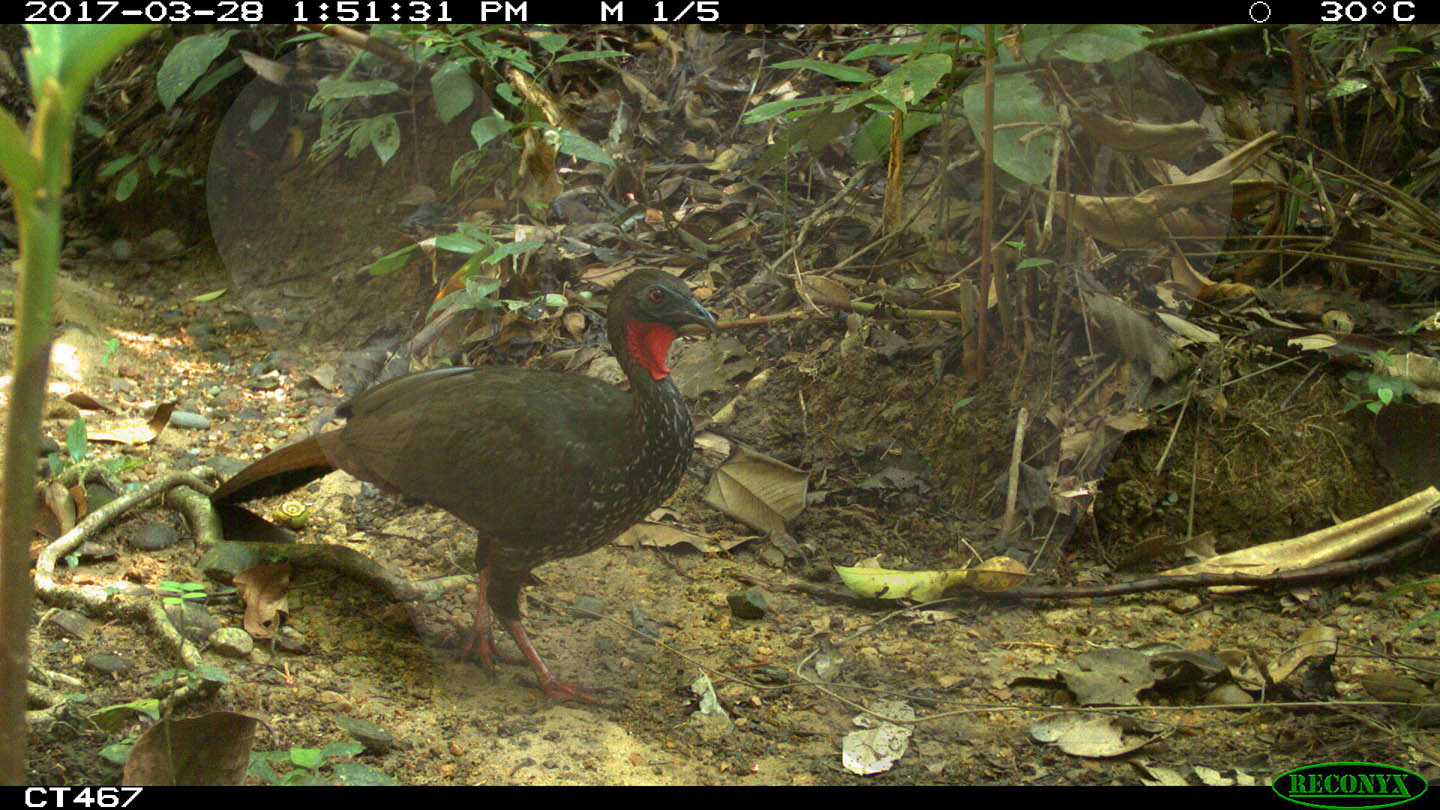 Crested Guan (Penelope purpurascens) / Magdalena Medio 2017 – Property: Don Evelio
Crested Guan (Penelope purpurascens) / Magdalena Medio 2017 – Property: Don Evelio
It is the largest species of its genus and is found in the lowlands of northern, western, and eastern Colombia. It inhabits humid forests and rainforests. It is usually seen alone, in pairs, or in groups of up to eight individuals.
 Tayra (Eira barbara) / Magdalena Medio 2017 – Site: San Juan de Carare / El Tagual
Tayra (Eira barbara) / Magdalena Medio 2017 – Site: San Juan de Carare / El Tagual
It is a diurnal species, sometimes active at dusk. It inhabits primary and secondary tropical forests, dry forests, gallery forests, and cloud forests.
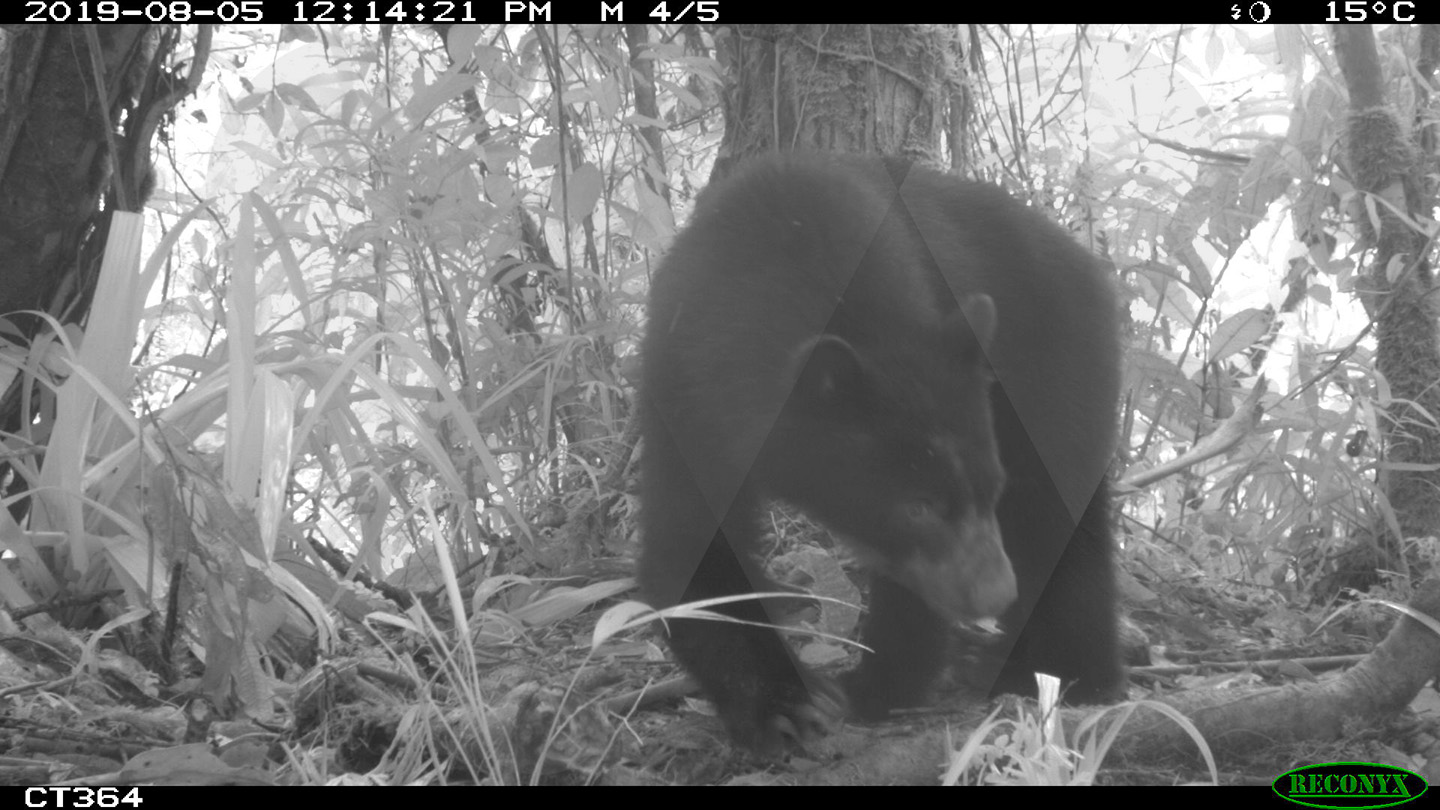 Andean bear (Tremarctos ornatus) – Putumayo – Site: El Líbano
Andean bear (Tremarctos ornatus) – Putumayo – Site: El Líbano
It is the only bear species in Latin America. It is considered an umbrella species because protecting it and the ecosystems it inhabits promotes the conservation of other flora and fauna species.
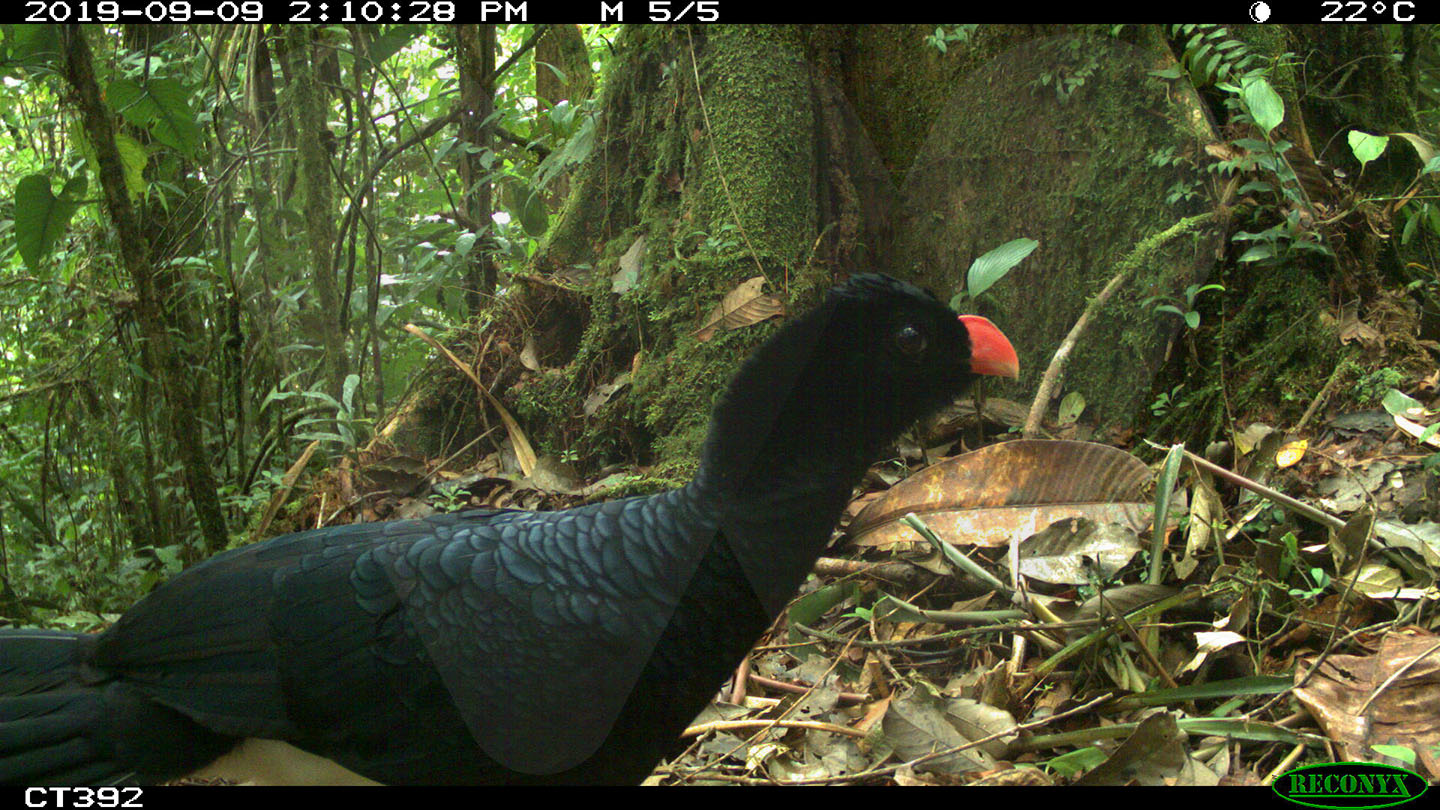 Colicolored Paujil (Mitu tomentosum) / Putumayo – Site: El Líbano
Colicolored Paujil (Mitu tomentosum) / Putumayo – Site: El Líbano
This is a terrestrial bird species, similar in size to a turkey. It inhabits rainforests along rivers as well as humid, terra firme forests.
 Giant Otter (Pteronura brasiliensis) / Orinoco Region – Site: La Realidad
Giant Otter (Pteronura brasiliensis) / Orinoco Region – Site: La Realidad
Otters are most active during twilight hours. They eat fish, but also invertebrates and small vertebrates. One of the main threats to this species is hunting due to human-wildlife conflict. They are also affected by mercury accumulation from consuming fish contaminated by mining activities.
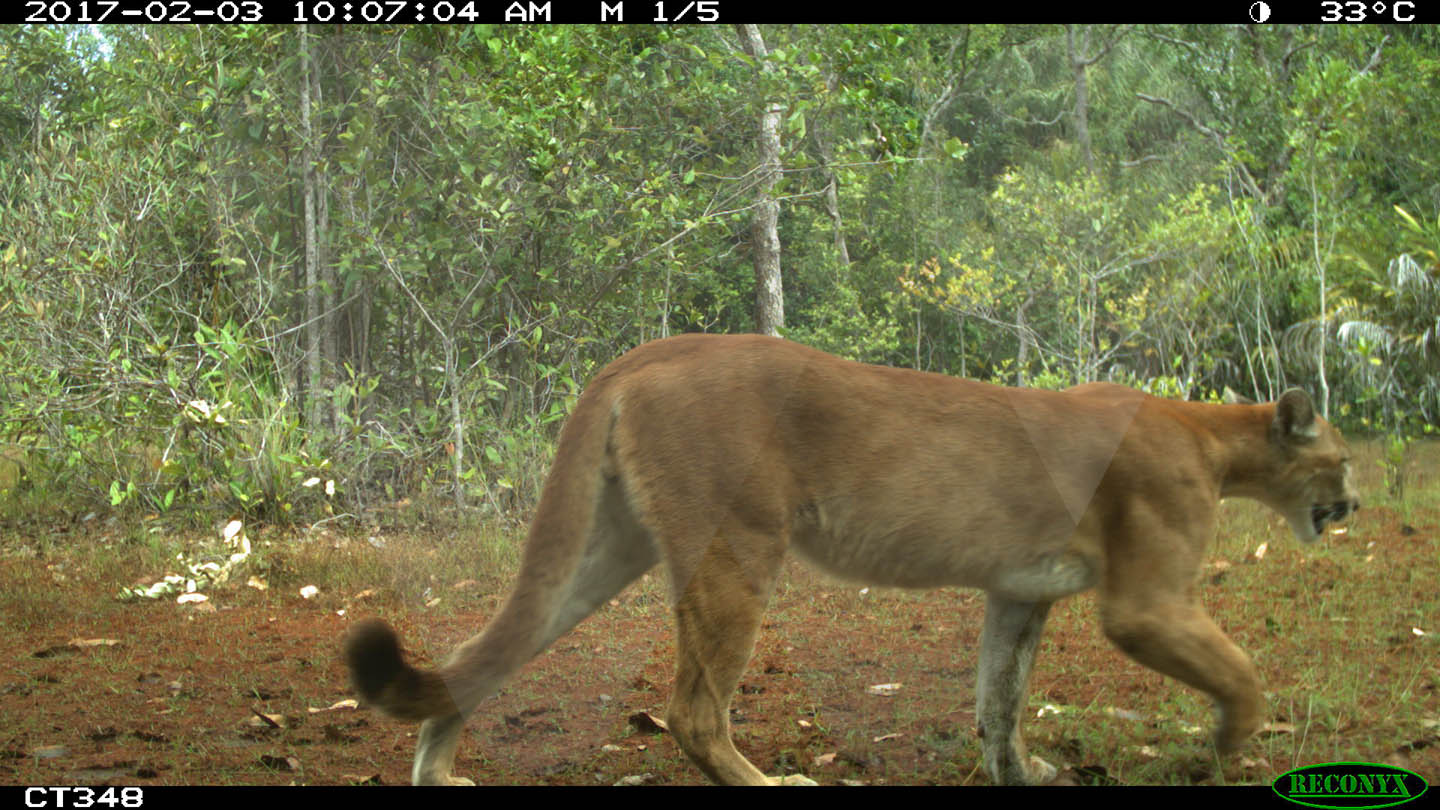 Puma (Puma concolor) / Llanos Orientales 2017 - Predio: La Reina
Puma (Puma concolor) / Llanos Orientales 2017 - Predio: La Reina
The puma is the second largest feline in the Americas. It feeds on any animal it can catch, from insects to large ungulates such as the tapir.
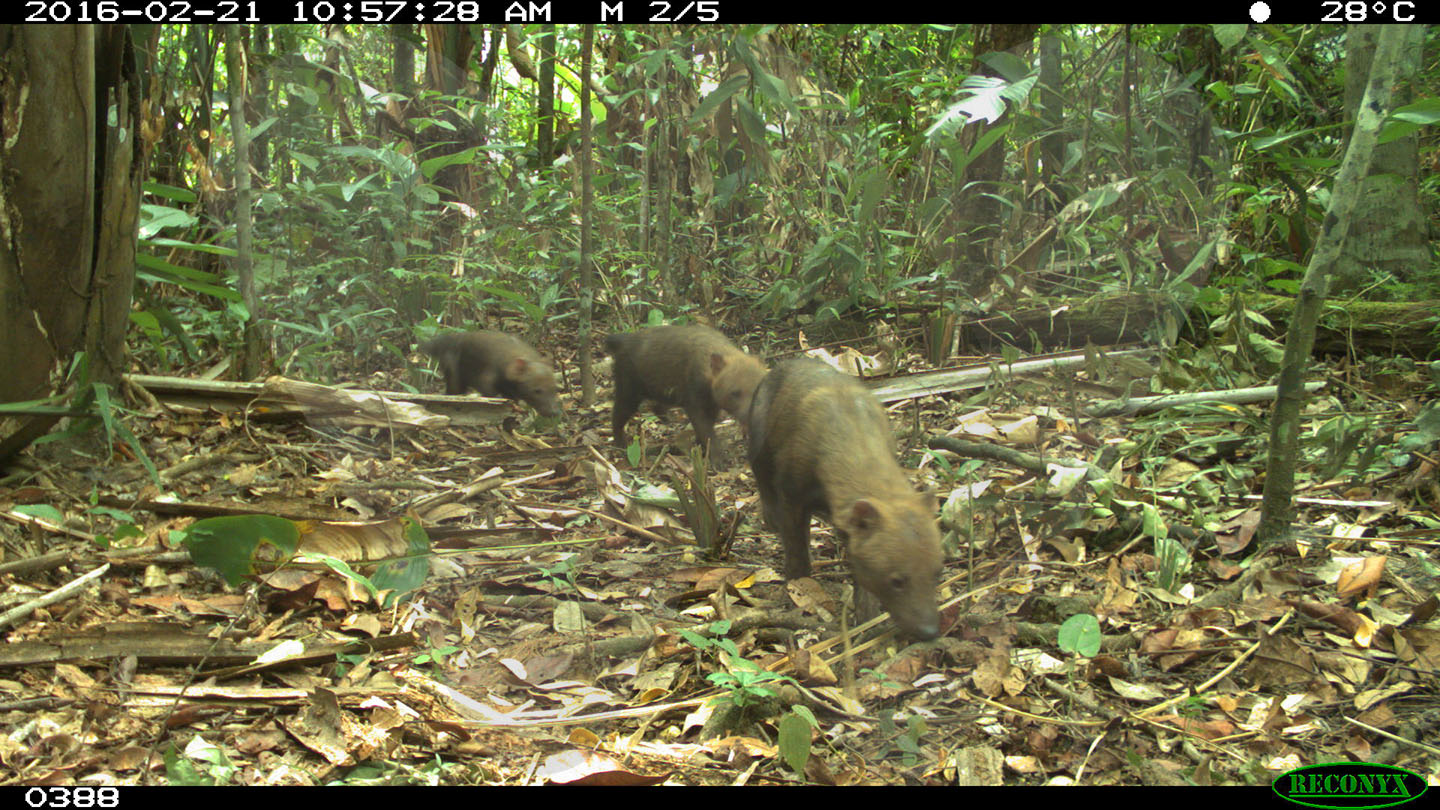 Bush dog (Speothos venaticus) / Orinoco Region - Site: El Avioncito.
Bush dog (Speothos venaticus) / Orinoco Region - Site: El Avioncito.
It is a rare species that usually inhabits lowland areas, mainly gallery or floodplain forests; although it has also been recorded in disturbed areas such as farms.
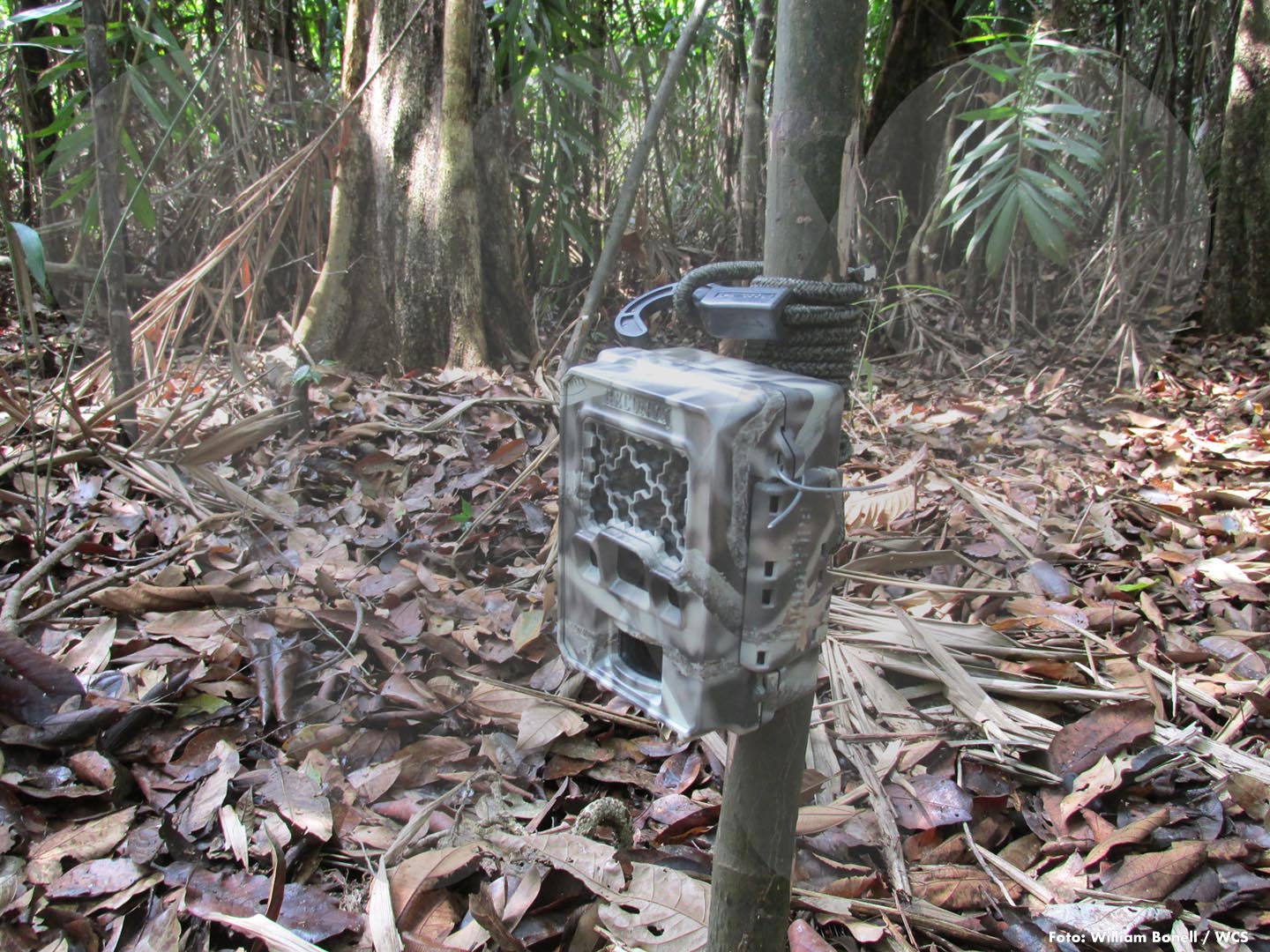
Monitoring with camera traps has proven to be cost-effective: the initial investment in purchasing them is high, their useful life is long, and operational costs are lower than the costs of person-hours in the field.
Traslated with AI support